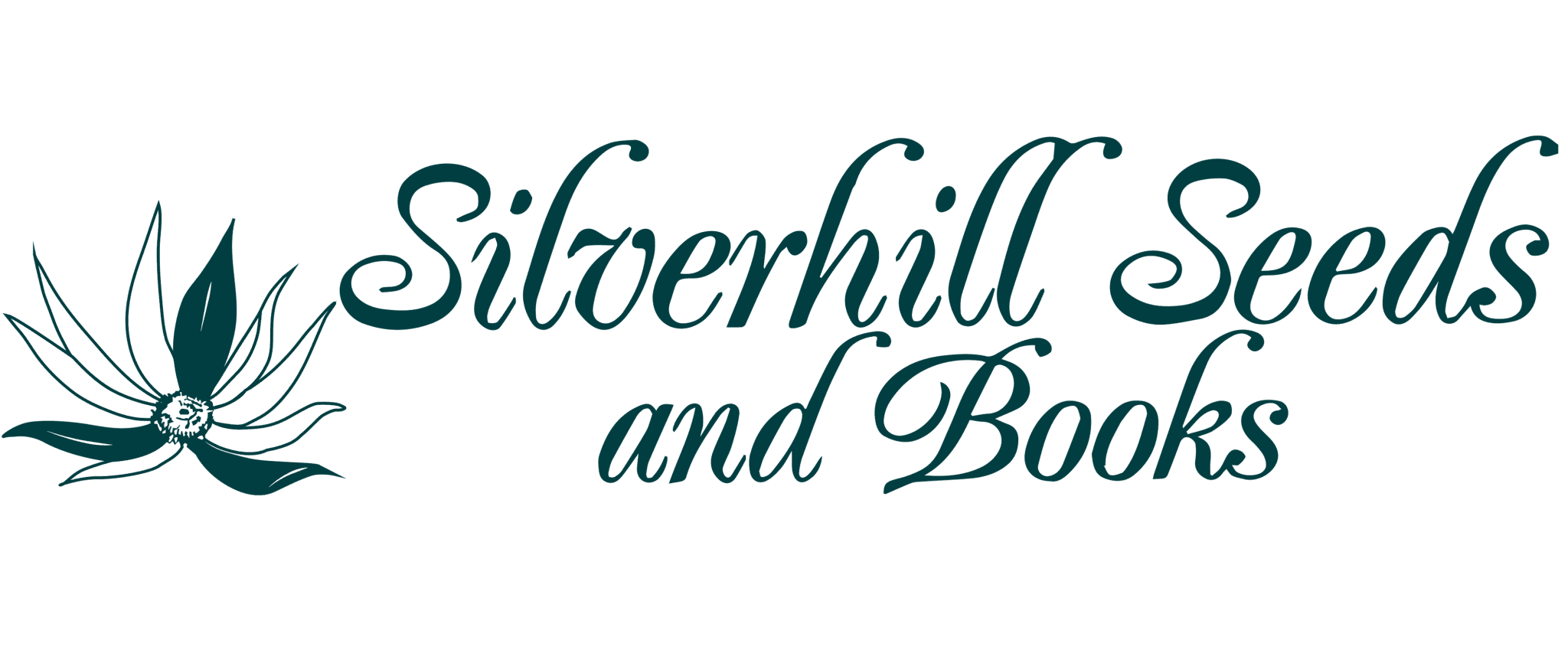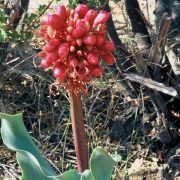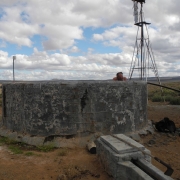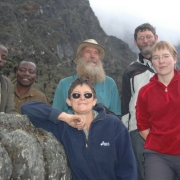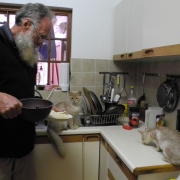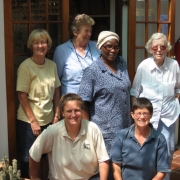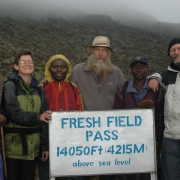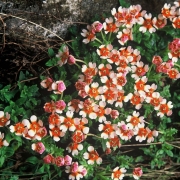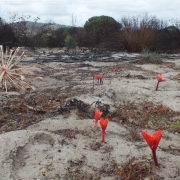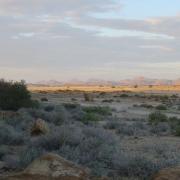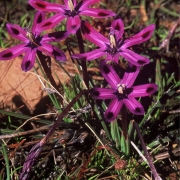From the Archives: Newsletter January 2008
Newsletter January 2008
Dear Plant Lovers
Yet another year has scurried by. Is this rush of time because we are all so busy, or is it a symptom of every increasing age?
In the last newsletter we contemplated whether we could expect a good display of Amaryllids in the autumn of 2007 – well, the answer is no, and we are none the wiser as to what makes them flower en masse or even what makes them flower at all! With minor exceptions, most SW Cape Amaryllids did not flower well, with possibly the most disappointing being the Haemanthus species. Some, for example, Haemanthus namaquensis, have not flowered for almost 5 years, and we look forward to seeing what they do in autumn 2008. This year everything seemed right for flowering, including good rains early in autumn, but obviously there was something stopping them that we don’t know about.
This last winter in the SW Cape was perfect for flowers and those of you who visited the Cape in spring 2007 will have seen one of the best floral displays for many years. We had good heavy falls of rain accompanied by snow in the high mountains at regular intervals from April until the end of October. By contrast the Karoo and the central parts of the country are experiencing a severe drought. The rains have continued well into late spring and this has favoured good seed set resulting in some fine seed collecting trips. It has also favoured the late flowering species of bulbous plants which often fail to flower or to set seed, due to premature dormancy. The down side of this is that all the seed has to be cleaned, sorted and packed. Rod spends his days from morn till night banging, shaking and sieving see, and still the crates of drying seeds awaiting cleaning remain undiminished!
Each time we visited Namaqualand this spring we were chased out by rain and icy cold weather. Our last trip 2 weeks ago is a good example. On the first day the temperature was in the high 30s (celsius) and we were into every farm dam and reservoir desperately trying to stay cool. We then drove north, expecting even hotter conditions, but that wasn’t to be! We went to bed in our thin summer sleeping bags, normal for this time of year, and woke during the night freezing cold with the weather looking black and ominous. We hadn’t taken thicker sleeping bags with us (this is summer!) so we had to put all our clothes back on and huddle in the tent miserably! The next day we collected seeds in all our clothes plus raincoats, and we were still not warm!
In September/October our Aloe seed collecting trip to Venda in the very north of South Africa was also washed out and the whole time we were there it rained gently and softly, most unusual for that part of the world. A few years ago we spent some time chatting to one of the local inhabitants, and he told us “It is difficult for Venda to get rain” which was an accurate statement! Normally it is fiercely hot with the odd short thunder storm, and prolonged drizzle is not common. We were astounded at how quickly the vegetation responds to the first rain of the summer. We slept under a baobab tree (Adansonia digitata) one night, and when we went to bed the branches were bare. It rained hard during the night and next morning the first leaves were unfurling and some flowers were making an appearance. In this part of the world, if you snooze, you lose!
Coupled with this trip to collect Aloes, we flew to Ireland & the UK for a short speaking tour. We toured some gardens, gave some talks, and managed to do some lovely walking. Everyone had warned us about the bad weather in Ireland, but we probably had more rain on our return to South Africa than we had in Ireland! South Africa is perceived as a dry country by most people, and yes, parts of it are very dry. But large areas actually get more rain than most of Europe, with Cape Town getting about 1250mm (50 inches) and Johannesburg 500mm (20 inches). The difference is that in Europe the rain tends to be softer and to fall more frequently, giving the impression of a wetter climate, whereas in South Africa our rain generally falls in short bursts, separated by periods of sun and heat.
Our staff situation remains unchanged, but we do have a new addition to the cats. For many months earlier this year we fed a stray black cat that had taken up abode in our garden. He was a fully fledged tom and was becoming troublesome, so we managed to trap him and have him neutered, but he still remained wild and we fed him outside under one of the cars. On our return from a particularly long field trip, we opened the back door, and in he rushed, rubbed round our legs and told us how pleased he was to see us! We assumed that while we were away, one of our staff had managed to tame him, but they told us that they had hardly ever seen him, apart from at mealtimes under the car. He slept on our bed that night, and has remained with us ever since. Darkie christened him Squatter, and the name has stuck! Our other cats have become quite old and bony, as old cats do. When we started Silverhill Seeds, two of them were young spry creatures, and now they are 18 and 16. We have been running the business for about 15 years and we hope that you have enjoyed the variety of seeds. Where have all the years gone to?
Best wishes
Rod & Rachel Saunders
